The Buzzing Resurgence: Understanding the Abundance of Honey Bees
In the intricate dance of ecosystems, few creatures play as vital a role as the honeybee. Their industrious nature and remarkable ability to pollinate plants make them indispensable to both natural environments and human agriculture.
However, in recent decades, concerns about honeybee populations declining have loomed large, prompting worries about food security and ecological stability. Yet, emerging research paints a different picture—one of resilience and abundance among honey bee populations, honeybees are abundant!
In this article, we delve into the recent findings that reveal the heartening resurgence of honeybees and explore the implications of their newfound abundance.
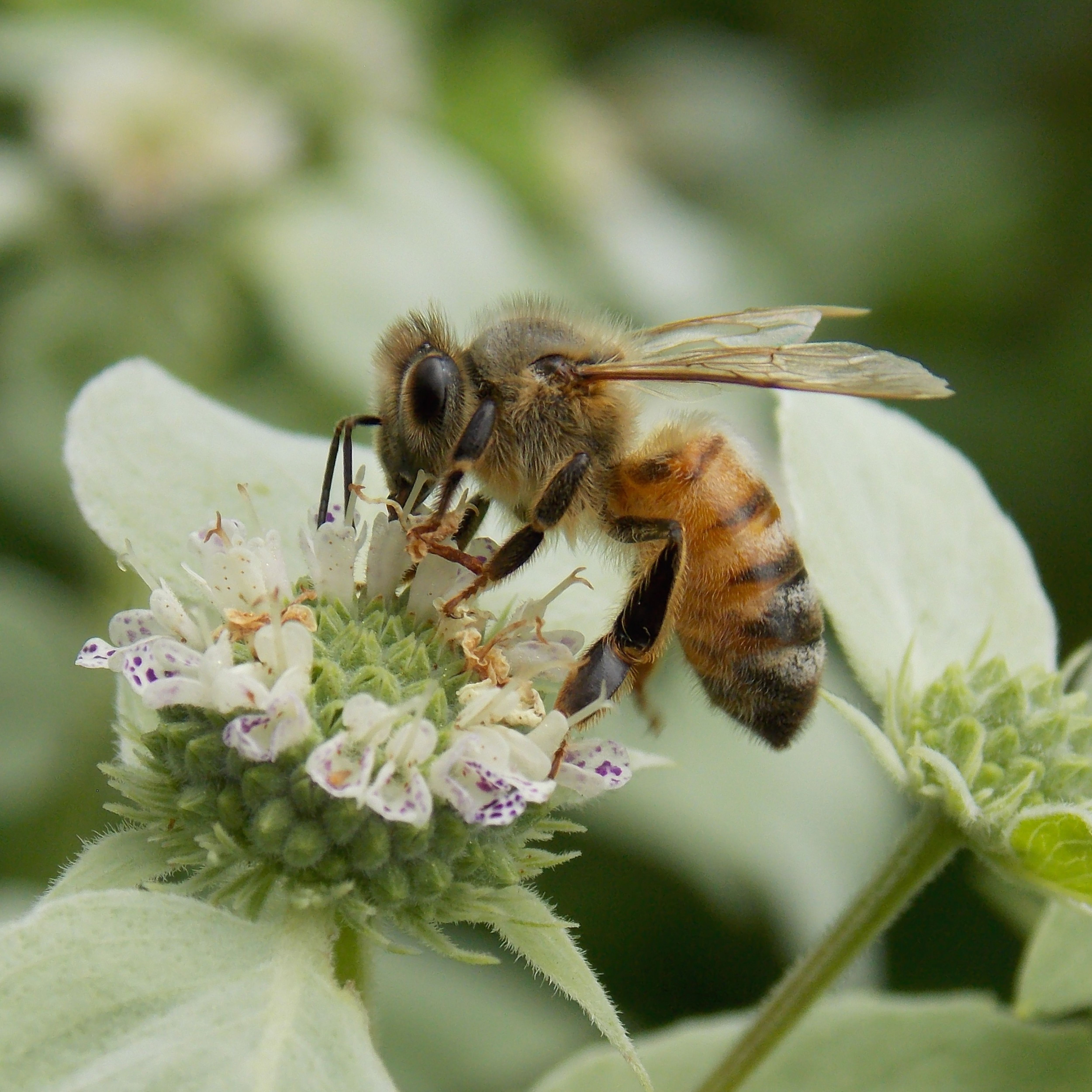
For years, headlines have warned of the plight of honeybees, citing factors such as habitat loss, pesticide exposure, diseases, and climate change as contributors to their decline.
These concerns sparked widespread efforts to protect honey bee populations through conservation initiatives, habitat restoration projects, and changes in agricultural practices.
While these efforts remain crucial, recent studies suggest that honey bees may be more resilient than previously thought.
One of the most surprising findings comes from a comprehensive global analysis published in the journal Science.
This study, conducted by an international team of researchers, examined data from over 90 countries and revealed that honey bee populations have, in fact, increased by approximately 10% over the past two decades.
Such a discovery challenges the prevailing narrative of honey bee decline and underscores the complexity of ecosystem dynamics.
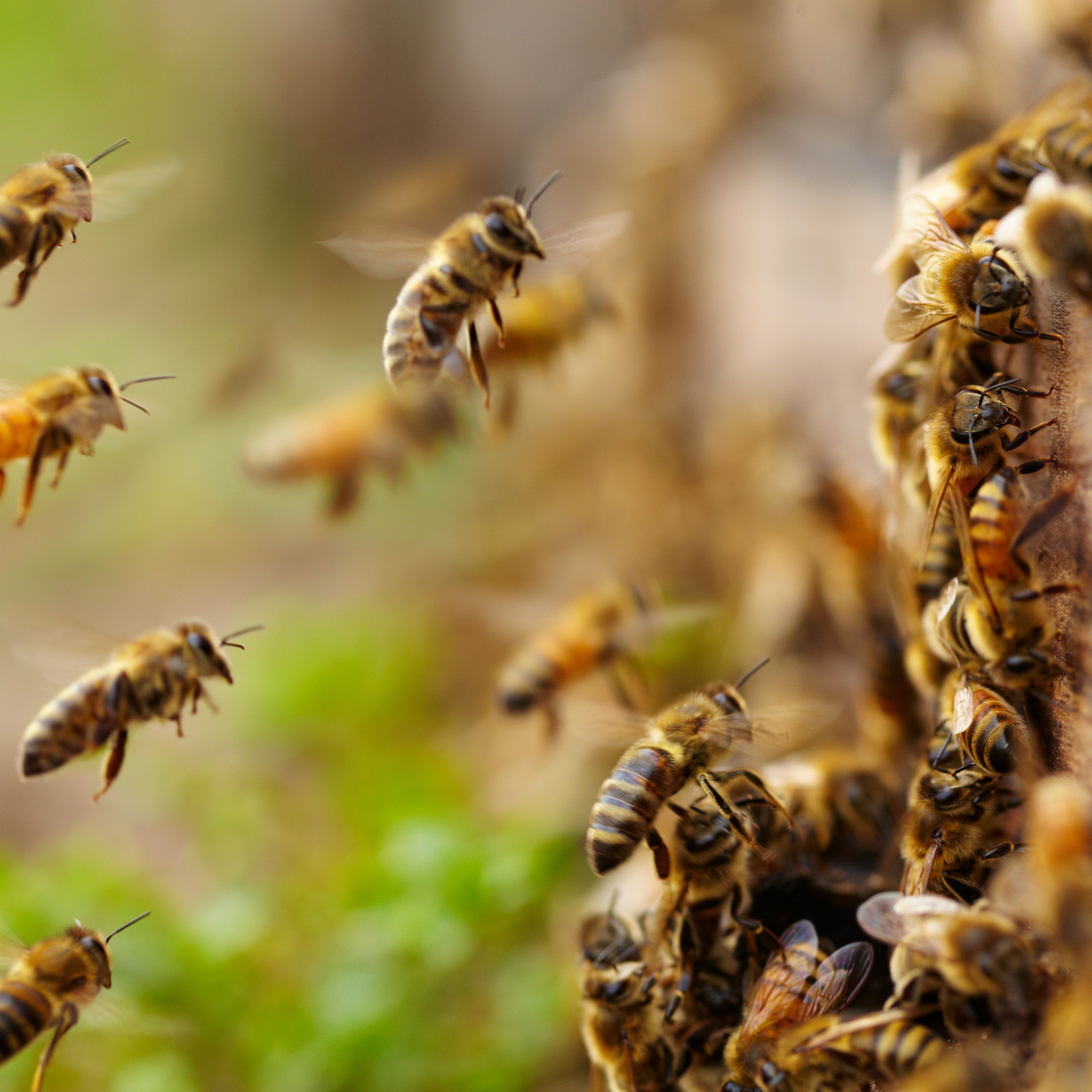
Several factors may help explain this unexpected resurgence. Improved beekeeping practices, including better disease management and nutrition supplementation, have likely played a significant role.
Beekeepers have become more adept at identifying and addressing threats to hive health, leading to stronger and more resilient colonies.
Additionally, heightened public awareness about the importance of pollinators has spurred greater interest in beekeeping, resulting in an increase in the number of managed hives worldwide.
Urban environments have emerged as unexpected havens for honey bees. Contrary to popular belief, cities offer a diverse array of floral resources, including parks, gardens, and roadside plantings, which provide ample forage for bees. Urban beekeeping has surged in popularity, with hobbyists and professional beekeepers alike setting up hives on rooftops, balconies, and community gardens.
This urban beekeeping trend not only supports honey bee populations but also fosters a deeper connection between city dwellers and the natural world.
Advancements in technology have empowered researchers to better monitor and understand honey bee populations.
Remote sensing tools, GPS tracking devices, and molecular techniques have provided invaluable insights into bee behavior, movement patterns, and genetic diversity.
Such knowledge enables scientists to develop more targeted conservation strategies and interventions, ensuring the long-term survival of honey bee populations.
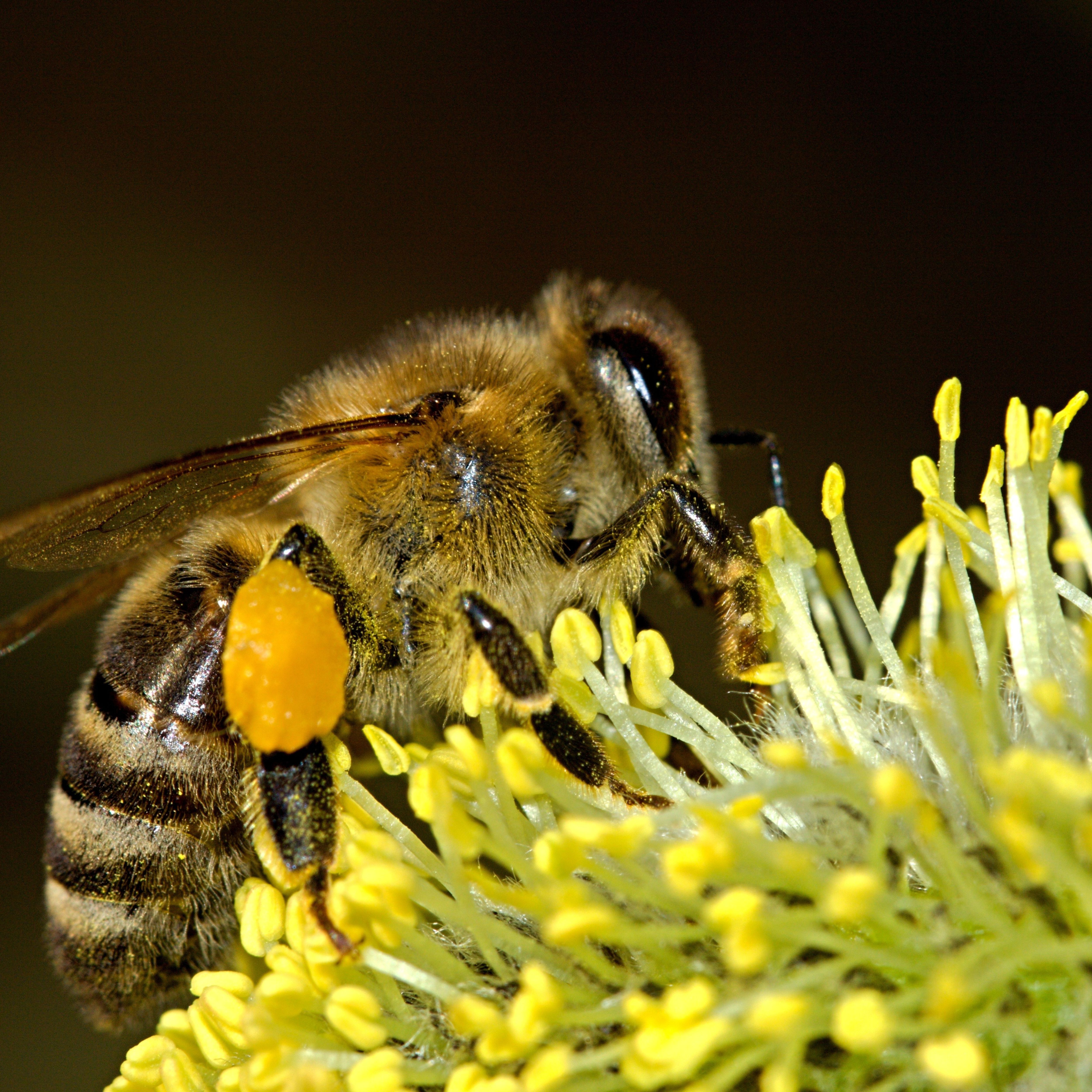
The resurgence of honey bees carries profound implications for both ecosystems and human society. As primary pollinators of numerous crops, honey bees play a crucial role in global food production.
Their abundance translates into increased crop yields and enhanced agricultural productivity—a boon for farmers and consumers alike.
Healthy honey bee populations support biodiversity by facilitating the reproduction of flowering plants, which, in turn, sustains diverse animal communities and ecosystem services.
The resurgence of honey bees serves as a testament to the effectiveness of conservation efforts and underscores the importance of continued vigilance in protecting pollinators.
While honey bees may be thriving in many regions, numerous threats still loom large, including habitat loss, pesticide exposure, and the spread of invasive species.
It is imperative that we remain committed to safeguarding honey bee populations and their habitats through sustainable land management practices, pesticide regulation, and habitat restoration initiatives.
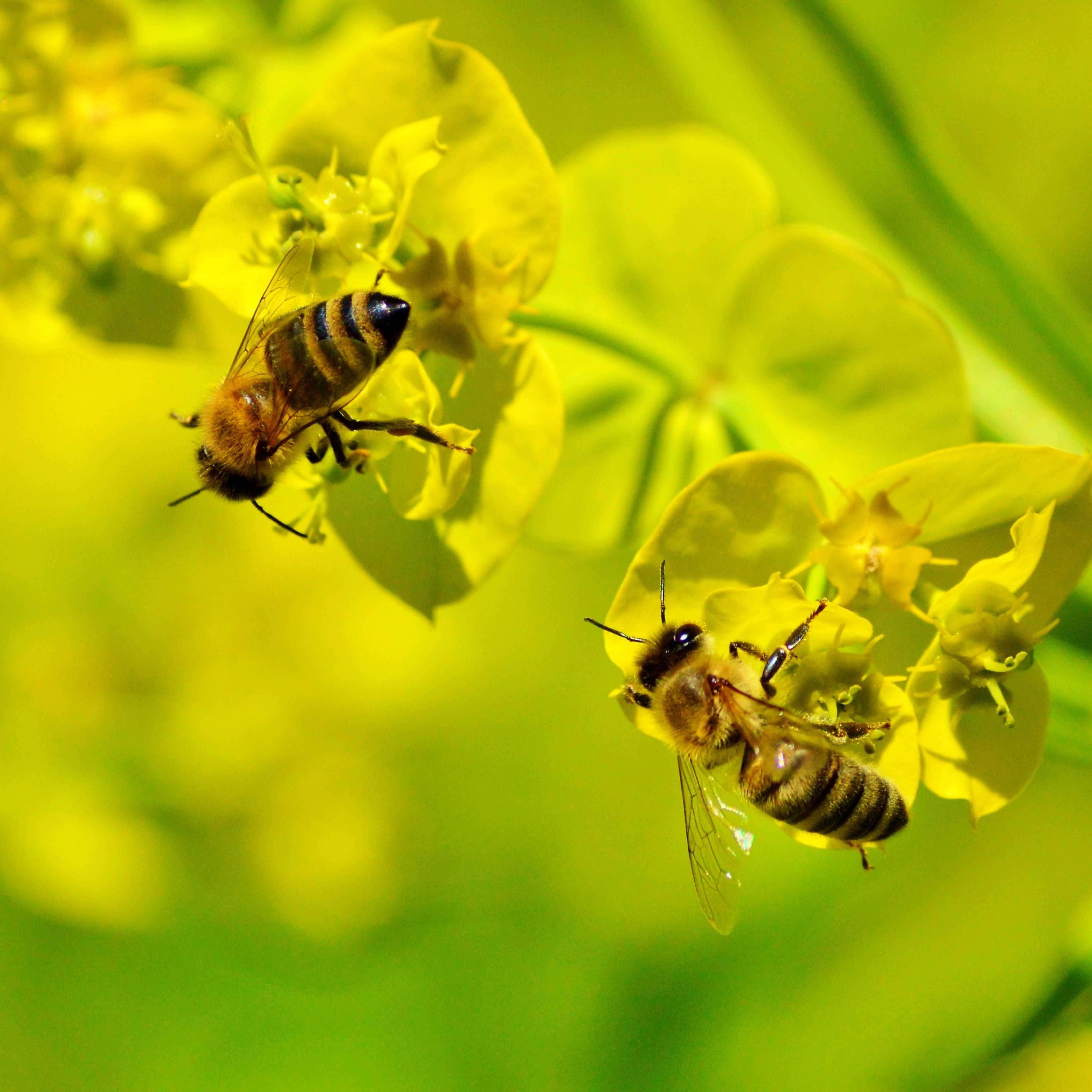
In the recent research revealing the abundance of honey bees offers a glimmer of hope in the face of ongoing environmental challenges.
Far from facing imminent extinction, honey bees are thriving in many parts of the world, thanks to a combination of improved beekeeping practices, urban greening initiatives, technological advancements, and heightened public awareness.
As stewards of the planet, it is our responsibility to continue nurturing and protecting these invaluable pollinators, ensuring their continued prosperity for generations to come.


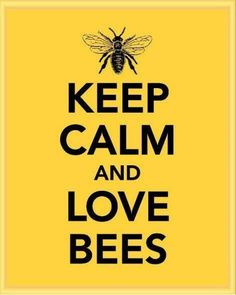

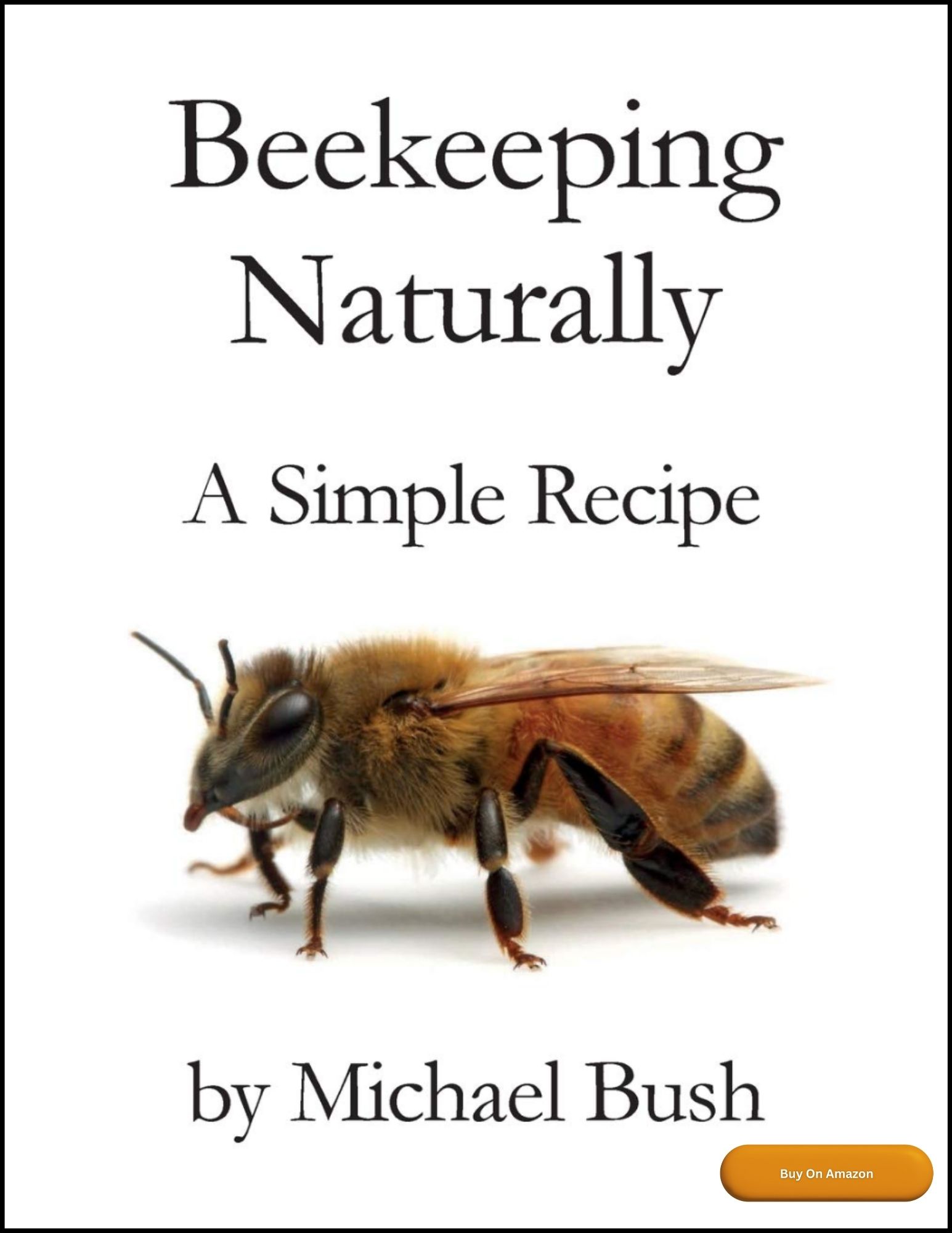
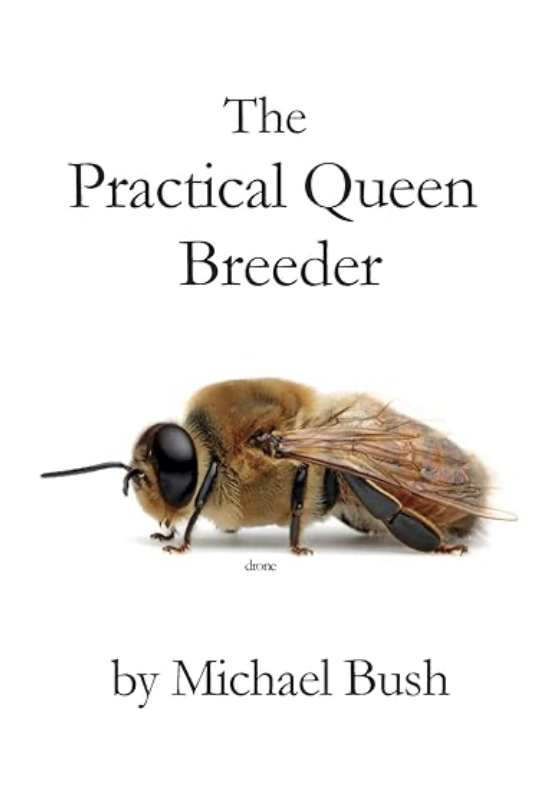
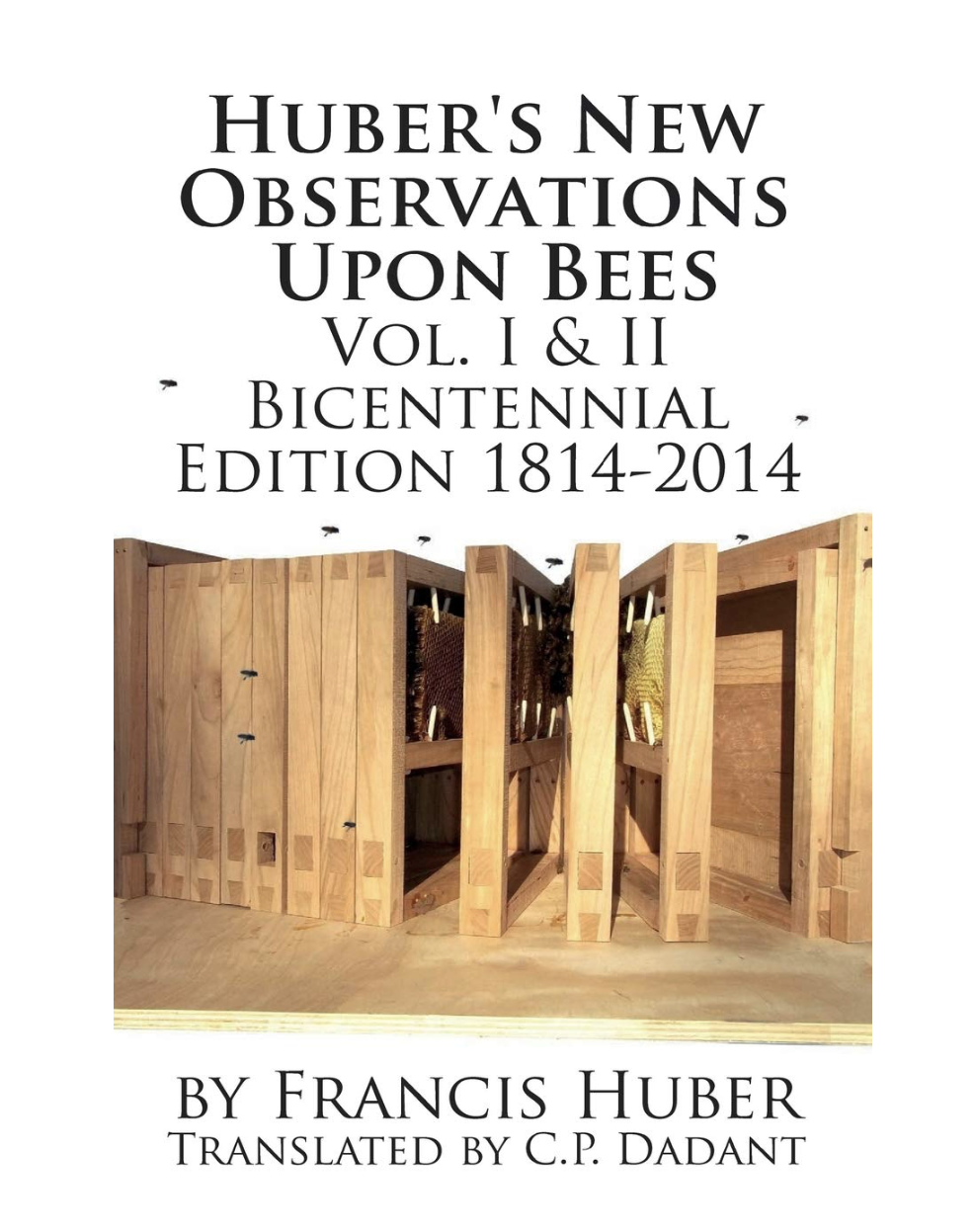
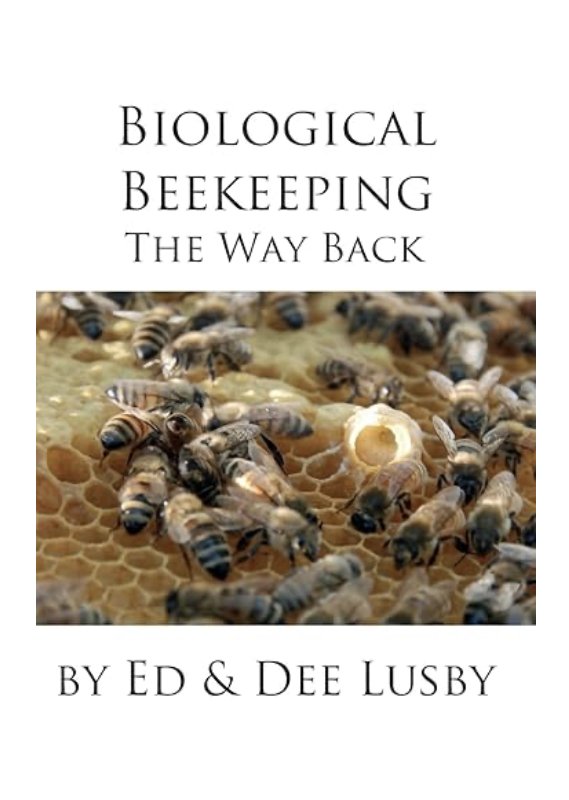

New! Comments
Have your say about what you just read! Leave me a comment in the box below.